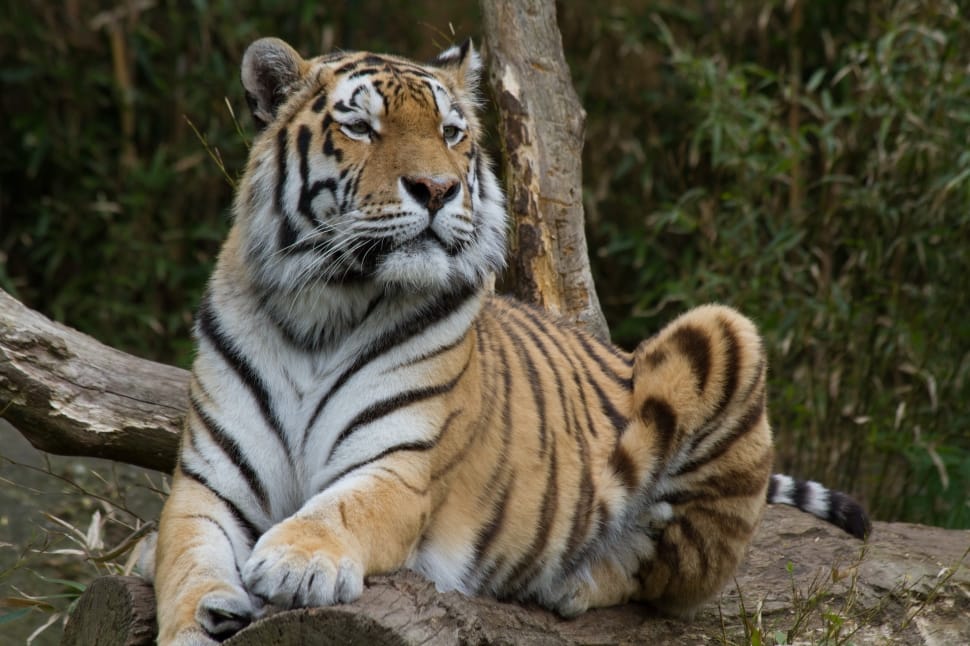Bengal Tiger: The dense jungles of India, with their mystique and biodiversity, are home to one of the world’s most iconic and enigmatic creatures—the Bengal Tiger (Panthera tigris tigris). Revered for its strength, agility, and captivating beauty, the Bengal tiger stands as a symbol of India’s wild heritage, weaving tales of mystery and majesty.
“Embark on a journey into the realm of Bengal tigers, India’s iconic big cats. Delve into the mesmerizing world of these powerful and elusive creatures, known for their stunning stripes and regal presence. Uncover the intricate details of their habitats, behavior, and the crucial role they play in maintaining ecological harmony. Explore the ongoing conservation efforts dedicated to preserving the majestic Bengal tiger and its dwindling habitats. Join us in celebrating the awe-inspiring beauty and importance of these magnificent felines in the tapestry of India’s rich biodiversity.”
1. Symbol of Strength and Power: Bengal Tiger
The Bengal tiger has long been a symbol of strength and power in Indian culture. It is associated with various Hindu deities, embodying both destructive and protective forces. The royal presence of the tiger in Indian folklore and mythology reflects the deep respect and awe with which this magnificent big cat is regarded.
2. Breathtaking Beauty and Adaptations: Bengal Tiger
Renowned for its striking orange coat adorned with distinctive black stripes, the Bengal tiger is a creature of breathtaking beauty. Its adaptations, including powerful limbs and sharp claws, enable it to navigate a variety of landscapes, from dense forests to grassy plains. These features, honed through evolution, contribute to its status as a formidable predator.
3. Conservation Challenges: Bengal Tiger
Despite its cultural significance, the Bengal tiger faces numerous threats, primarily habitat loss and poaching. Rapid deforestation, coupled with human-wildlife conflict, poses a significant challenge to the survival of these majestic cats. Conservation efforts are crucial to ensuring that the Bengal tiger continues to roam the wild landscapes of India.
4. Conservation Success Stories:
India has been at the forefront of tiger conservation, with initiatives such as Project Tiger launched in the 1970s. Protected reserves, stringent anti-poaching measures, and community involvement have led to notable success stories, with increased tiger populations in certain regions. These efforts underscore the importance of concerted action in preserving this endangered species.
5. Ecotourism and Awareness:
The allure of the Bengal tiger has given rise to responsible ecotourism, providing a sustainable means of both appreciating and contributing to its conservation. Tourists visiting tiger reserves not only witness the majestic creatures in their natural habitat but also play a crucial role in supporting local communities and conservation initiatives. Educational programs further raise awareness about the importance of preserving tiger habitats and the delicate balance of ecosystems.

Conclusion:
The Bengal tiger, with its regal presence and cultural significance, is a living testament to the wild beauty that graces India’s landscapes. As stewards of this shared heritage, it is our responsibility to champion conservation efforts, embrace sustainable practices, and foster a harmonious coexistence between human society and these magnificent creatures. Through collective action, we can ensure that the roar of the Bengal tiger continues to echo through the forests, inspiring awe and admiration for generations to come.

